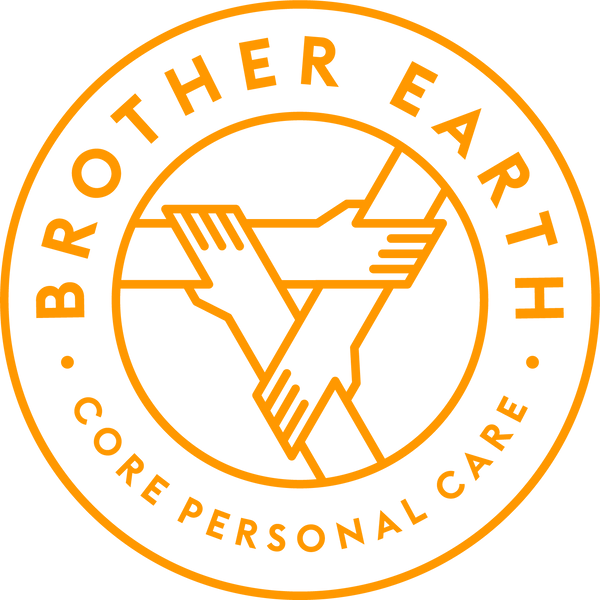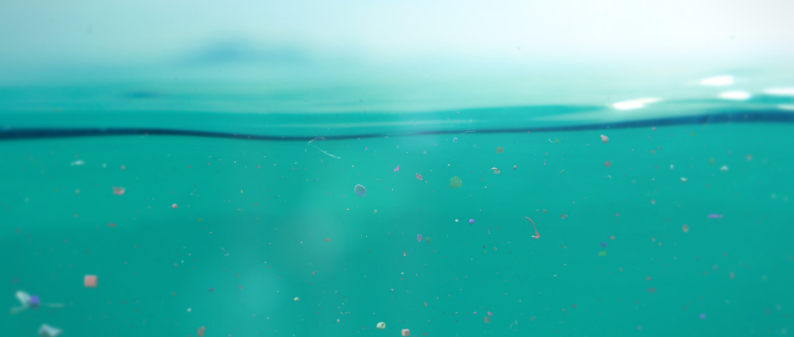Micro plastics (tiny particles ranging from 1 μm to 5 mm) have spread everywhere. From the far flung (4843m deep in the ocean) to very close to home (our bodies).
Scientists are still researching to understand the true impact of this widespread problem, but alas we can confidently assume it isn’t going to be a good thing for anyone :-(
Rather than purely focusing on the doom and gloom, we were pleased to find that much is being done to address this problem. We see two sides to the solution:
- Clean up: technologies to stop plastics particles escaping into the environment.
- Product innovation to remove plastic in the first place
Below we highlight some cool examples:
These and similar companies need our support, as consumers the easiest thing we can do is to make small changes in what and how we buy.
Clean Up
|
|
Rivers and canals are a key way that plastics enter our oceans. That is why a Dutch company has developed the The Great Bubble Barrier. Using a wall of bubbles to push plastic to the surface and then into a collection system, they have found they can catch 86% of plastic from moving downstream. They use solar panels to power everything and the system is made of recycled plastic to ensure everything is as sustainable as possible |

|
Tyre wear is the second largest source of microplastics in our oceans. The Tyre Collective is a clean tech startup dedicated to capturing and monitoring tyre wear. Through their innovative spearheads, they efficiently capture tyre wear particles, which are then upcycled into industrial and consumer applications, effectively closing the loop on waste. |
 |
Another significant source of micro plastics are synthetic textiles, where little tiny pieces of fragments come off in the washing machine. A startup tackling this problem is Matter. They have developed a new filtration system called Gulp that captures microplastics in our washing machines. Gulp stores these microplastics which prevents them from entering our waterways. |
Product Innovation

|
Single use plastics are used everywhere for food packaging, so a replacement is needed This is the challenge Brighton based startup MarinaTex took on. They replace single-use plastics such as cling film with sturdier alternatives made from organic waste. Their technology uses red algae and organic waste from fisheries for production which is stronger and takes six weeks to decompose, making it viable for home composting. Their technology reduces environmental pollution whilst also utilising organic waste. |
 |
Our clothing contains many (many) synthetic fibres The prevalence of plastic in our clothing, especially in the sportswear industry, is alarming. With over 90% of all sportswear garments containing plastic. However, new brands are emerging such as Iron Roots, a Dutch sportswear brand that produces plastic-free sports apparel. They seamlessly combine design, functionality and sustainability to all their activewear. Not only do they use fabrics that are plastic free, they also save up to 60% CO2 emission during their production process.Maybe even elastane / spandex filled leggings can be plastic free one day! |
 |
Our everyday products from household cleaners to personal care products all come in single use plastic Brother Earth is part of a new generation of consumer goods companies that are removing plastic from their packaging, whilst ensuring the consumer's experience remains fantastic. With innovative natural ingredients that are safer for your body and planet, it just makes sense. At Brother Earth, partner with CleanHub who remove plastic from the environment and dispose of it in the most environmentally sustainable way. For every product you buy, we remove one more piece of plastic from the ocean. |
If you are interested in learning more about some of the potential issues, here are some useful sources:
Our bodies
https://www.undp.org/kosovo/blog/microplastics-human-health-how-much-do-they-harm-us
https://www.ncbi.nlm.nih.gov/pmc/articles/PMC7068600
https://en.wikipedia.org/wiki/Plastic_pollution#Effects_on_humans
https://www.undp.org/kosovo/blog/microplastics-human-health-how-much-do-they-harm-us#:
Our environment
https://oceanconservancy.org/trash-free-seas/plastics-in-the-ocean/
https://oceanconservancy.org/blog/2024/02/01/microplastics-protein-products-concerns-consumers/
https://www.earthday.org/fact-sheet-plastics-in-the-ocean/
https://www.sas.org.uk/plastic-pollution/plastic-pollution-facts-figures/


